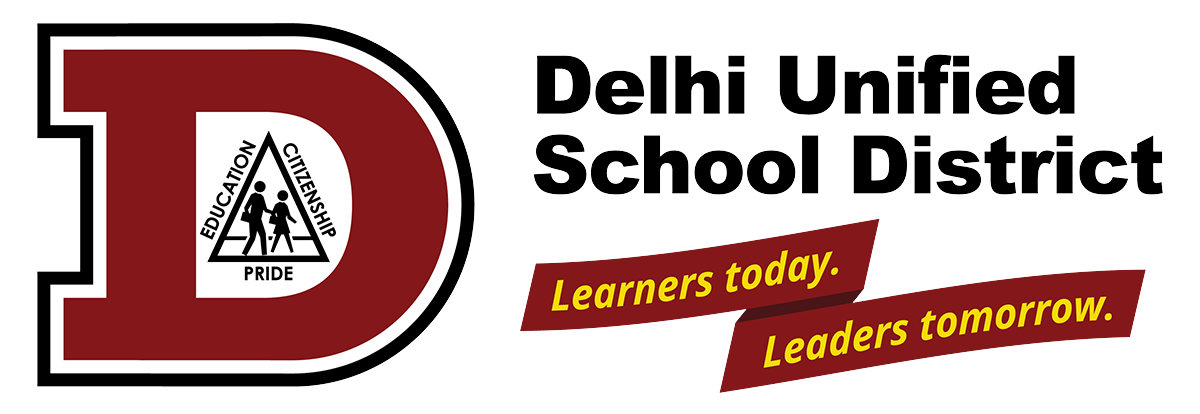Skip to content
Show submenu for District Info
District Info
Educational Plans
Show submenu for Parents/Students
Parents/Students
Safe Passage Information
Show submenu for Board/Committees
Show submenu for Departments
Departments
Special Programs & Student Services
Counseling Services
Show submenu for Library
Show submenu for Employee Info
Show submenu for Aeries Support
Aeries Support
Show submenu for Community Info
Community Info
Show submenu for
